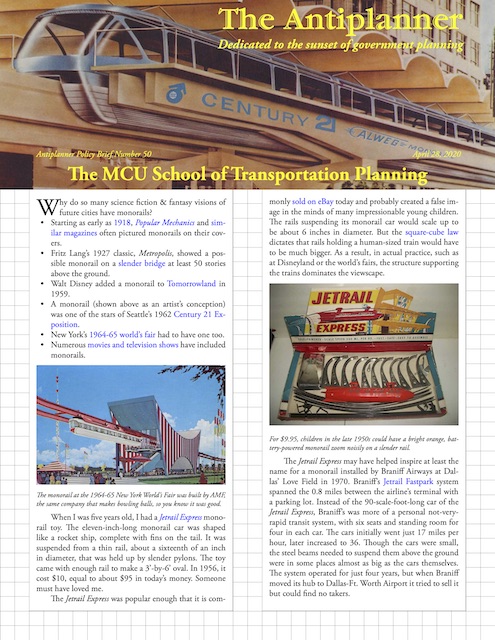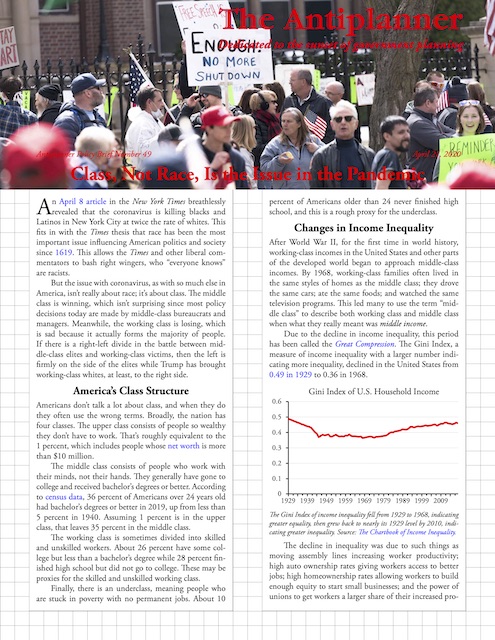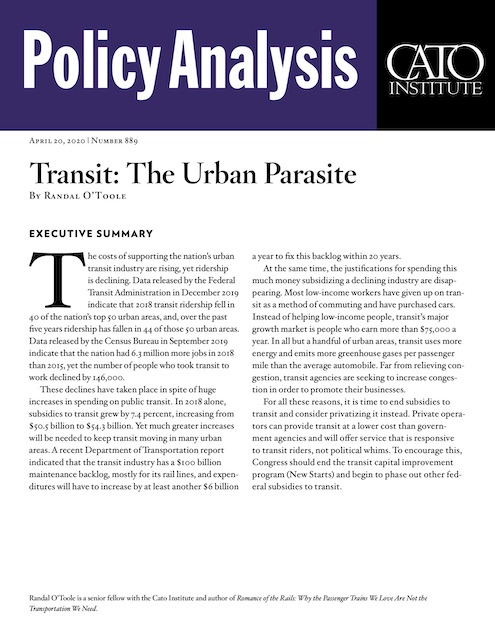Due to stay-at-home orders, many small transit agencies that focused on providing transportation for elderly and disabled people are carrying hardly any riders anymore. So, to justify the subsidies they received under the Coronavirus Aid, Relief, and Economic Security (CARES) Act, they are getting into a new business: grocery delivery. They are doing so with backing from the Federal Transit Administration, which has written rules that allow agencies wide discretion for how they use CARES funds.
For example, Island Transit, on Whidbey Island, Washington, is offering free delivery service. “Offering free delivery service for essential items is just another way to fulfill our mission,” says the agency’s executive director.
Apparently, their mission is to take jobs and customers away from existing businesses. Numerous companies already offer grocery delivery, including start-ups like Instacart, Shipt, Peapod, Fresh Direct, and Boxed as well as existing supermarkets such as Walmart, Safeway, and Whole Foods (via Amazon Fresh). On Whidbey Island, for example, on-line shoppers can get deliveries from Instacart, Bailey’s Corner Store, Whidbey Island Seafood, Blackberry Moon, and something run by local high-school entrepreneurs called Whidbey Deliveries. Continue reading










